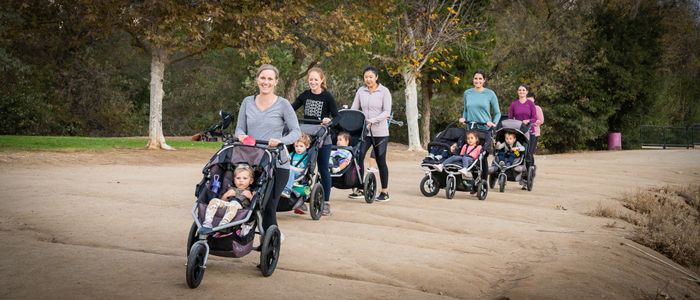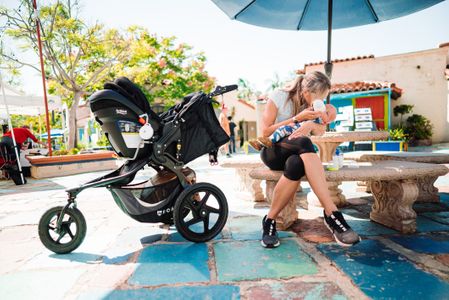
Returning to exercise after pregnancy: What you should know
FIT4MOM x Jessica Maurer
Bringing a new life into the world is a transformative experience. The 4th Trimester, the time after birth, is the most intense for moms. During this phase of motherhood, you should focus on keeping yourself and your baby healthy instead of worrying about returning to your fitness routine. You should approach healing in your 4th Trimester as a place of no judgment or comparison, just awareness. Every single pregnancy and birth is different, and everyone’s body will heal and recover differently. Celebrate this and honor it.
As you begin to settle into motherhood, thoughts of returning to your fitness routine may cross your mind. While getting back to movement can be a positive step for both your physical and mental well-being, it’s essential to approach it with care. Postpartum recovery is unique for every woman, and understanding your body’s needs is key to ensuring a safe and effective return to exercise. Here are four things you need to know before you start moving again:
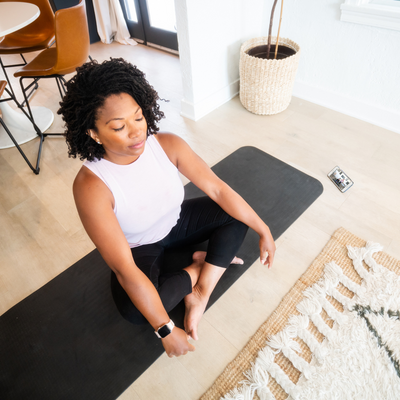
1. Listen to Your Body and Get Medical Clearance
Your body has been through significant changes, and it’s crucial to give it the time it needs to heal. Before jumping back into any form of exercise, make sure you receive medical clearance from your healthcare provider. This clearance is typically given at your six-week postpartum check-up but may vary depending on your specific circumstances. Remember, even if you feel ready, your body might need more time to recover fully. Ignoring this step could increase the risk of injury or complications.
Lochia is the vaginal discharge that occurs after childbirth, consisting of blood, mucus, and uterine tissue. It can last anywhere from four to six weeks postpartum. Engaging in physical activity too soon can increase the lochia flow and may even cause it to return after tapering off. This is your body’s way of telling you to slow down and allow more time for healing. Additionally, be aware of other urgent maternal warning signs such as heavy bleeding, severe pain, fever, or chest pain. These symptoms require immediate medical attention and clearly indicate that your body isn’t ready for strenuous activity.
2. Reconnect with Your Breath and Core
Before diving into more intense workouts, start with foundational exercises that help you reconnect with your body. Breathing exercises, particularly diaphragmatic breathing, are an excellent starting point. This type of breathing helps you engage your core and pelvic floor muscles, which are crucial for regaining strength and stability after childbirth. Gentle core contractions and pelvic floor engagements should also be a priority. These movements are essential for rebuilding strength in your deep core muscles and pelvic floor, both of which play a significant role in your overall recovery and future fitness progress.
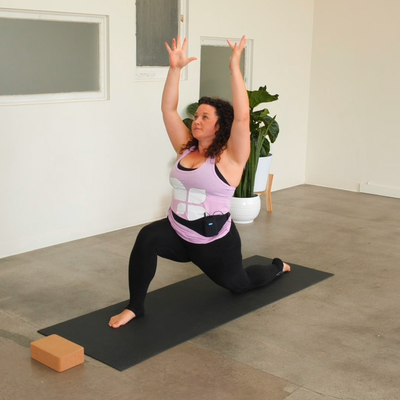
3. Start with Gentle Mobility and Alignment Exercises
Your body has undergone significant changes during pregnancy, affecting your posture and alignment. Begin your return to fitness with gentle mobility exercises that promote blood circulation and joint movement without placing too much stress on your healing tissues. Focus on maintaining proper alignment and posture during each exercise. Proper alignment will help you avoid unnecessary strain on vulnerable areas like your back and pelvis, reducing the risk of injury as you gradually increase the intensity of your workouts.
If you are unsure of where to start, we’ve created a 15-day movement plan designed to gently guide you back into physical activity after childbirth, focusing on breathwork, pelvic floor strengthening, mobility, and postural exercises. Whether you’re a new mom or just looking to regain strength after pregnancy, this plan emphasizes gradual progression, helping you honor your body’s recovery while assessing your new physical foundation.
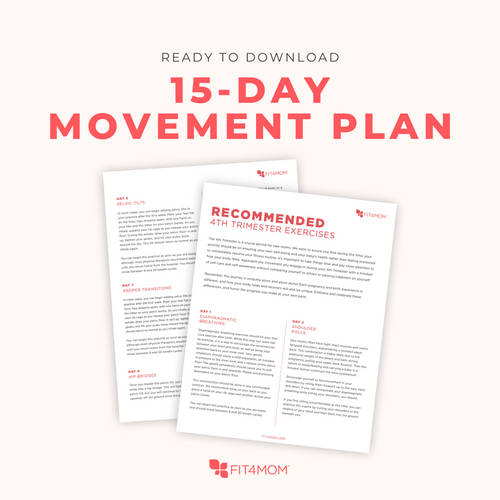
Complete the form below to download our FREE 15-Day Movement Plan!
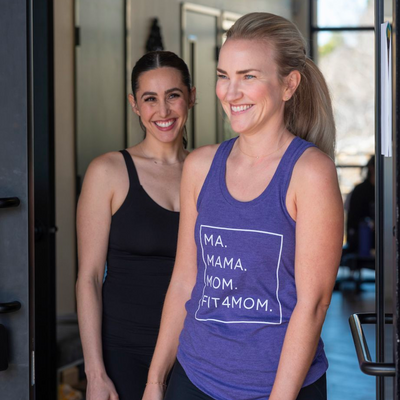
4. Progress Gradually and Respect Your Unique Journey
Every woman’s postpartum recovery journey is different, and it’s important to honor your own pace. While it might be tempting to dive back into your pre-pregnancy workout routine, gradual progression is key to avoiding overexertion. As you gain confidence and strength, slowly increase the complexity and intensity of your exercises. Pay attention to how your body responds and be willing to make adjustments. The goal is to build strength, mobility, and confidence over time, not to rush the process.
Returning to movement after having a baby is a journey that requires patience, self-compassion, and a deep awareness of your body’s signals. Always prioritize your health and well-being, and don’t hesitate to consult your healthcare provider if you have any concerns. By taking a cautious and informed approach, you can enjoy the many benefits of exercise while ensuring a safe and healthy postpartum recovery.
If you are ready to start back into movement, we invite you to attend your first class for free at any location nationwide. In fact, we made a packing list for you! Here are all of the things you need to do before your first class with us.
WANT MORE, MAMA?
Other blogs you may enjoy:



